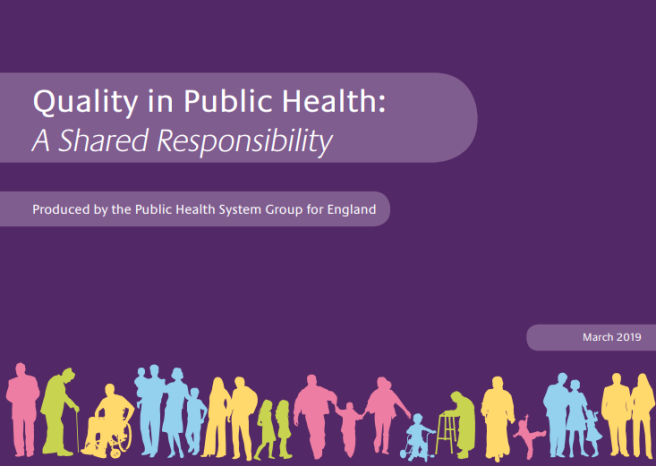This handbook offers options to groups of practices looking to establish a primary care network (PCN) British Medical Association (BMA)
PCNs are groups of general practices working closely together, with other primary and community care staff and health and care organisations, providing integrated services to their local populations. The BMA have created a handbook which provides advice and offers options to groups of practices looking to establish a PCN.

It includes detailed guidance on
- Governance structures
- Internal governance and decision making
- Potential PCN structures and employment options
- PCN funding
- PCN future workforce options
Full document: The primary care network handbook
Further detail: Primary Care Networks (PCNs) | BMA





